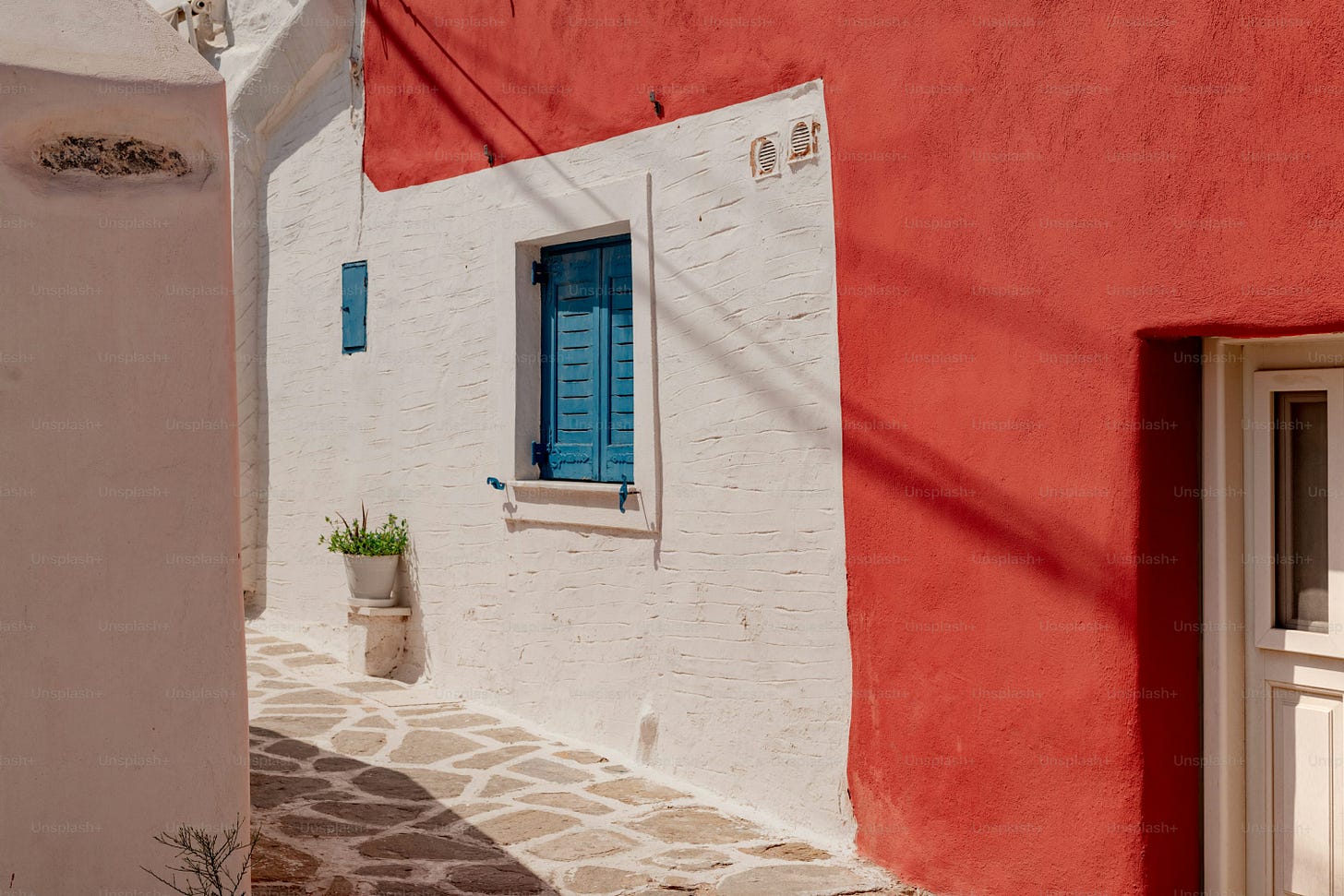How U.S. Citizens Can Move to Malta (Residency & EU Access Explained)
Your Complete Guide To Moving From The US To Malta In 2026
Malta is the only English-speaking EU country in the Schengen Zone.
Government forms are in English.
Immigration appointments happen in English.
Rental contracts, bank documents, and tax filings are all written in English.
Some people spend 6-12 months learning Portuguese, Spanish, or Italian before they can even start their residency applications. Malta eliminates that barrier while still giving you full EU membership, Schengen travel rights, and Mediterranean living.
What we’ll talk about today
Why Malta’s combination (English + EU + Schengen) makes it different from Ireland and the UK
Three 3 residency pathways from Nomad Visa to Permanent Residence
Costs and tax treatment for each pathway
What Malta won’t give you (the limitations)
Let’s start.
The 90-Day Schengen Window (Start Here)
U.S. citizens can enter Malta visa-free for 90 days within any 180-day period.
There is no need to apply for anything in advance.
You show your passport at the airport, get stamped in, and you can for three months. This applies to all Schengen countries, not just Malta. The period starts the day you enter any Schengen country and resets after you’ve been outside the zone for 90 consecutive days.
This is a great window to get your residency hunt started.
What you can do during these 90 days
Check neighborhoods
Most people choose Sliema, St. Julian’s, or Valletta. Spend a week walking around different areas before committing to a lease. Rent prices for a 1-bedroom apartment range from €1,000-1,500/month depending on location, with city centers (the 3 mentioned above) at the higher end.
Open conversations with landlords
You can’t sign a lease yet (most pathways require you to have residency approval first), but you can identify properties and get a sense of what’s available in your price range.
Research visa pathways
Malta has 3 main options:
Digital nomad visa (for remote workers)
Retirement program (for retirees with pensions)
Permanent residence program (for investors)
Use these 90 days to figure out which one matches your situation. If you need a contact for a local agent, let me know.
Test the lifestyle
Co-working spaces, internet speeds, healthcare facilities, grocery costs. Live like you’d live as a resident, not a tourist.
What you cannot do
Work remotely from Malta
Technically, you’re on a tourist visa. You can check emails, but if you’re logging 8-hour days for a U.S. company, you’re violating the terms of your stay. Everyone has to decide how they handle this rule themselves.
Apply for residency from inside Malta
All 3 pathways require you to submit applications while you’re outside Malta or from your home country (except for one brand new exception which we’ll cover later).
Takeaway: Use the 90 days as “reconnaissance”, not as a trial run of remote work. Get the feel of the place, write down housing leads, and prepare your application documents. When the 90 days end, leave and apply from outside the Schengen Zone.
Malta offers 3 distinct pathways to residency.
Here’s how:
Each one works
What they cost
Which one fits your situation





